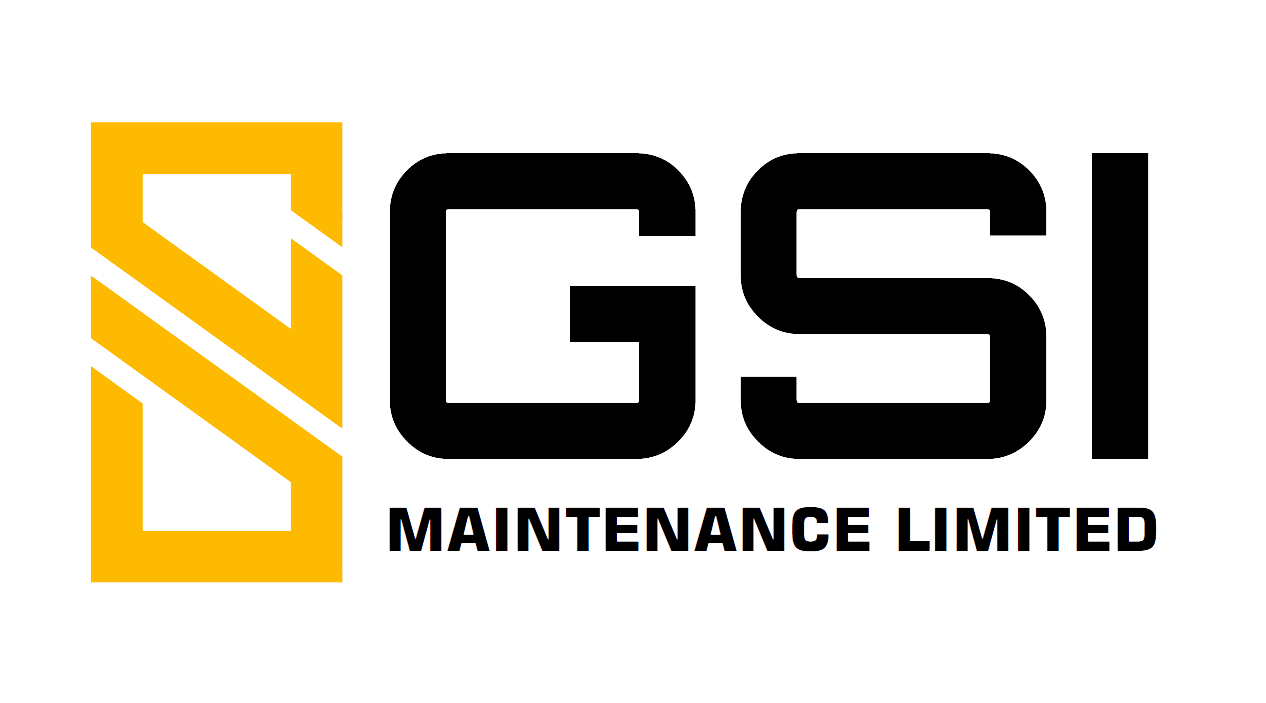Health and Safety in Recladding Projects: Best Practices for Ensuring Worker Safety
Recladding projects can significantly enhance the safety, aesthetics and energy efficiency of buildings, but they also present various risks to workers. At GSI Maintenance Limited, we prioritise health and safety, ensuring our teams can carry out their work without unnecessary hazards. In this article, we’ll share best practices for maintaining a safe working environment during recladding operations, along with a story that underscores the importance of safety protocols.
The Importance of Health and Safety
Recladding often involves working at heights, handling heavy materials and using complex equipment. According to the Health and Safety Executive (HSE), falls from height account for around 46% of all workplace fatalities in the construction sector. This statistic highlights the need for stringent safety measures.
Best Practices for Worker Safety
- Comprehensive Training: Before starting any project, it’s crucial that all workers undergo proper training. This includes understanding equipment use, fall prevention techniques and emergency procedures. At GSI Maintenance, we conduct regular training sessions to keep our team updated on safety protocols.
- Personal Protective Equipment (PPE): The right PPE is essential. Hard hats, harnesses, gloves and high-visibility clothing should always be worn on site. Regular checks ensure that equipment is in good condition and workers are reminded of its importance.
- Site Assessment and Planning: Before beginning a project, conduct a thorough risk assessment of the site. This should identify potential hazards and outline strategies to mitigate them. Our team uses checklists to ensure nothing is overlooked.
- Scaffolding and Safety Measures: Proper scaffolding is vital for working at height. Ensure that scaffolds are erected by trained professionals and inspected regularly. Using guardrails and toe boards further reduces the risk of falls.
- Clear Communication: Establish clear lines of communication among all team members. Use radios or other communication devices to maintain contact, especially in noisy environments.
- Emergency Procedures: Ensure that all workers are familiar with emergency procedures, including the location of first aid kits and the protocols for summoning medical help if needed.
A Safety Success Story
On a recent recladding project in London, our team encountered unexpected challenges when weather conditions changed suddenly, bringing high winds and rain. Instead of proceeding as planned, the site supervisor immediately halted work and conducted a safety briefing. All team members were reminded of the importance of securing materials and the need for vigilance in such conditions.
This proactive approach ensured that all workers were safe and accounted for. The project was completed successfully and the team received commendations for their commitment to safety.
Fun Facts and Stats
- Increased Productivity: According to a report by the Construction Industry Training Board, companies that invest in health and safety training can see productivity increase by up to 20%.
- Cost Savings: The HSE estimates that every £1 spent on health and safety generates a return of £2.20 in reduced costs associated with accidents and illnesses.
Health and safety should be at the forefront of every recladding project. By implementing best practices such as comprehensive training, proper use of PPE, thorough site assessments and clear communication, we can create a safer working environment for everyone involved. At GSI Maintenance Limited, we are committed to prioritising safety on all our projects, ensuring that our teams can work effectively while minimising risks. Together, we can build not only better buildings but also a safer industry.
